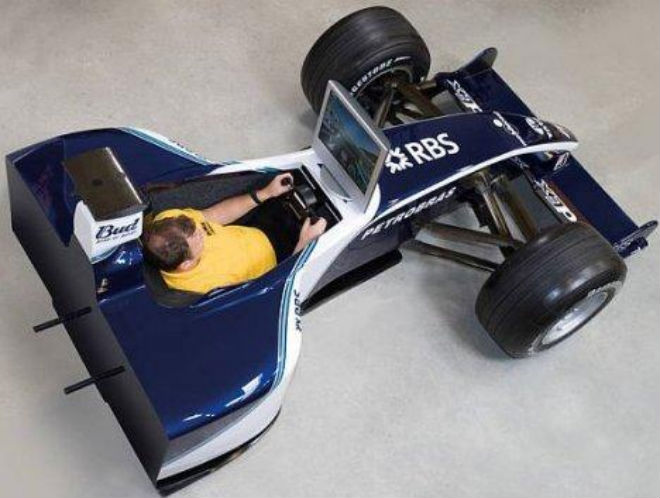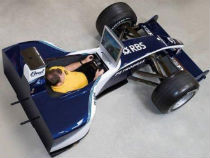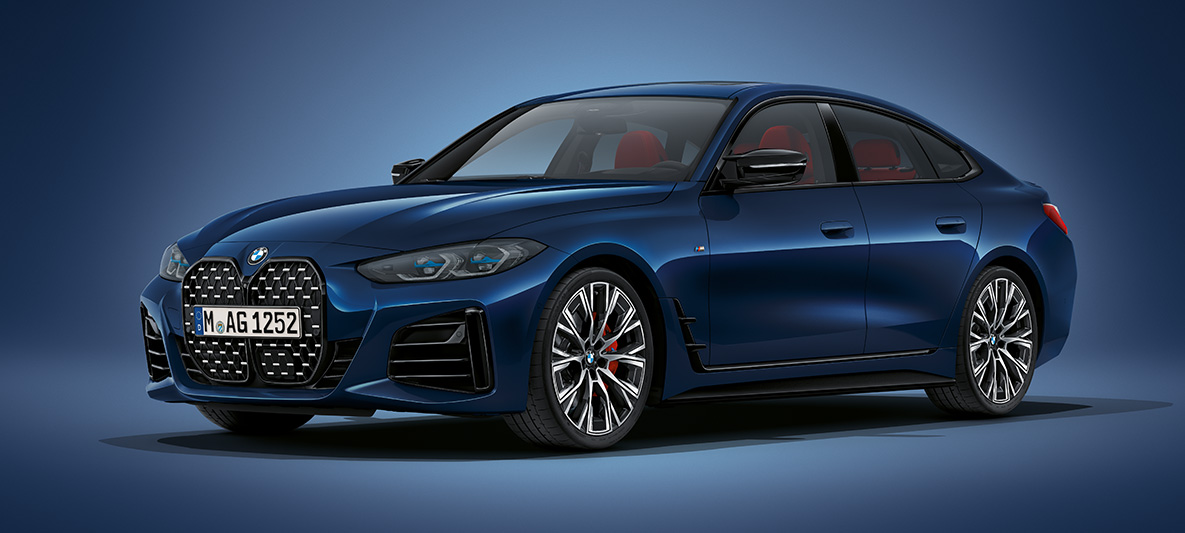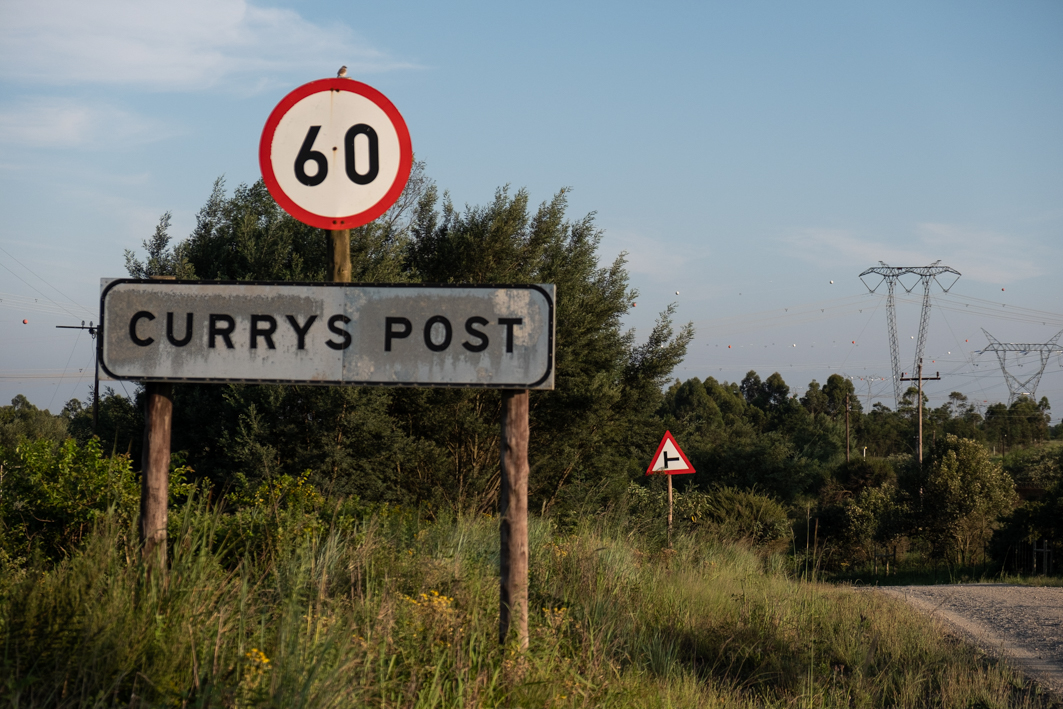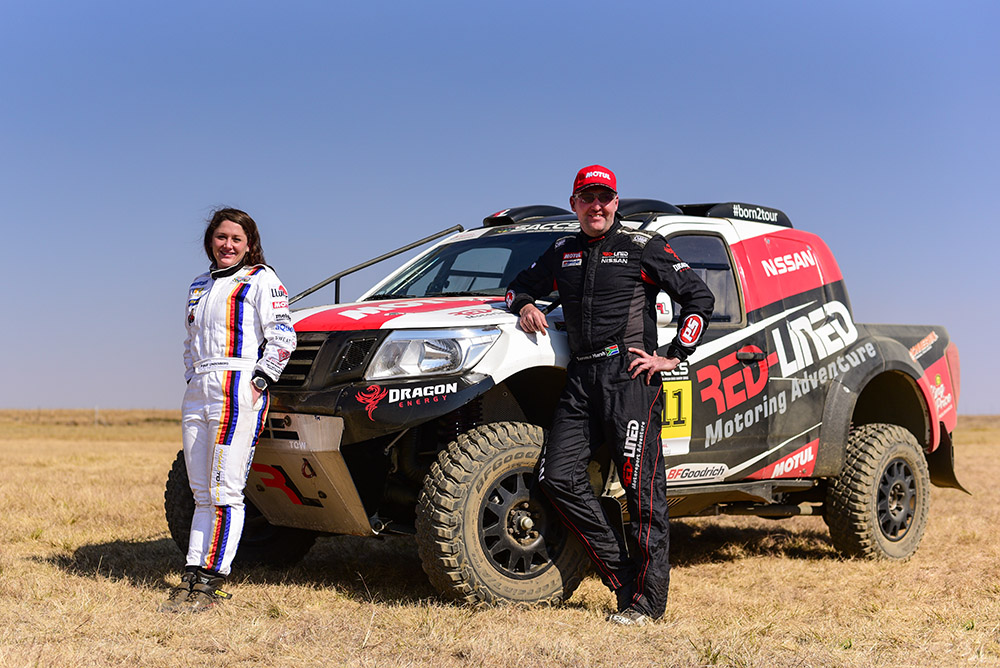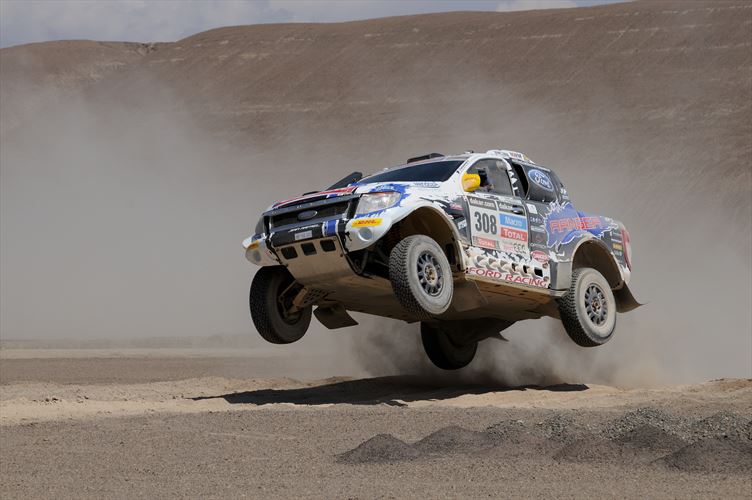As a member of the media, I was privileged enough to rub shoulders with the Michael Schumachers, Juan-Pablo Montoyas and Eddie Irvines of the world. I was even in France when Toyota launched its fledgling Formula One team, with Alan McNish and Mika Salo as the drivers.
I remember the (then) V10 engines screaming, and the smell of high-octane racing fuel in the air. I remember the sound of a Ferrari F2002 as it accelerated from 60 to 300 km/h, and it was completely different to the sound my television emitted for the same car.
But these days I battle to justify exactly why I was so enthralled with Formula One.
Now I read about the results in newspapers and magazines. But sit through an entire race? I haven’t done so for years.
Sure, I get the fact that it is about the cutting edge of technological advancement, and that F1 is the showcase for some of these new technologies. I get the fact that it is all about precision and consistency, in a world where every millisecond is vital.
I also recognise the fact that Formula One ringmaster Bernie Ecclestone and his FIA cronies have, over the years, introduced new measures to encourage overtaking, and that overtaking actually does take place. But overtaking also happened in the days of Senna, Prost and Mansell.
Talking about those legends of yesteryear: maybe my loss of interest in Formula One is because there are no longer real superstars like Fangio, Ascari, Stewart, Brabham, Lauda, Senna, Prost, Mansell or Schumacher on the track.
The new generation of young racing drivers, although obviously very capable, just seems to lack the charisma and that X-factor the real legends had. Legends that fought like gladiators on the track. And theoretically, according to the image in my mind’s eye, went out for a beer or ten after the race, and ideally for some adoring ladies too.
Personally I can’t see the same in 99,9% of the current drivers. In fact, I can rather imagine them with their PlayStation consoles, playing racing games together. And afterwards they go out for a milkshake, while talking Gigabytes, pixels and other such technojargon.
So it’s been a while since I watched an entire race, from start to finish.
That is, until the last race of the 2009 season: the Abu Dhabi Grand Prix. It was, however, the prospect of seeing the vaunted Yas Marina circuit and complex for the first time that had me tuning in.
And all the vaunting certainly was worth it.
The Yas Marina “island” complex, even though it is not finished yet, is truly spectacular. Wondrous, even.
The main grandstand, situated across the track from the pit complex, can accommodate nearly 7000 spectators. The pit building itself has 40 garages for teams, each with their own exclusive hospitality facilities. The media centre can accommodate 600 journalists, and includes a photography suite, cafeteria and roof-top hospitality.
The 500-room, five-star “The Yas Hotel” lives in the middle of the circuit, offering spectacular views of the on-track action. The Sun Tower is reserved for very, very important guests. This 60-metre, solar-powered tower is apparently the last word in luxury, and innovative design.
A nearby marina offers berthing space for the rich and famous’ luxury yachts. A driving school, drag racing centre, karting centre and business park operate throughout the year.
The circuit complex, the hotel and all the other elements are part of the ambitious and remarkably eco-friendly Yas Marina project. It is said to cost 36-billion dollars.
That’s thirty-six billion American dollars. A heck of a lot of money.
Abu Dhabi is a prosperous land, no doubt, and the country’s oil-rich economy is booming. And the developers will surely make a bundle out of their investment. Like that old saying goes: you need money to make money.
Yet all this architectural wonder could do nothing to make the on-track action any less boring. The race started, the first pitstop window arrived, cars pitted, cars went out on circuit again. Round and round they went. It was only the last four laps when new world champion Jenson Button (Brawn GP) hassled Mark Webber (Red Bull Racing) for second place that was mildly entertaining.
Which brings me to my point: Formula One, as a racing formula, is less exciting to watch than following the ongoing Joost-and-that-video farce.
Instead of exciting wheel-to-wheel racing, it instead seems as if it’s the “soap opera” that surrounds the sport that makes the big headlines. It’s all glitz and glamour. All lots and lots of dollars. Indeed, modern F1 is a multi billion dollar business, not a sport.
India’s ministry of sport recently refused a 37-million US dollar grant for a promoter to pay the FIA (motorsport’s governing body) to host a Grand Prix in 2011. That’s thirty-seven million American dollars, just for the right to host an event. The reason? According to the ministry, Formula One is not a sport in the traditional sense of sport. Instead it is entertainment. That’s it.
I won’t delve too deep into the recent scandals (the McLaren information saga and Renault’s crash-gate) which put the “sport” in a bad light, and have seriously affected its credibility.
But here it is: from a motorsport enthusiast’s point of view: it’s just plain boring.
No thanks? I’ll stick to Off-road racing, the Dakar Rally Raid, World Rally Championship, MotoGP and World Superbikes.
These are real motorsport formulae, with real racing, and real stars.
Yes, it would be na?ve to claim money doesn’t play a role in these formats too. But in these classes, unlike in Formula
One, money is not the boss-of-all.
Racing is.
